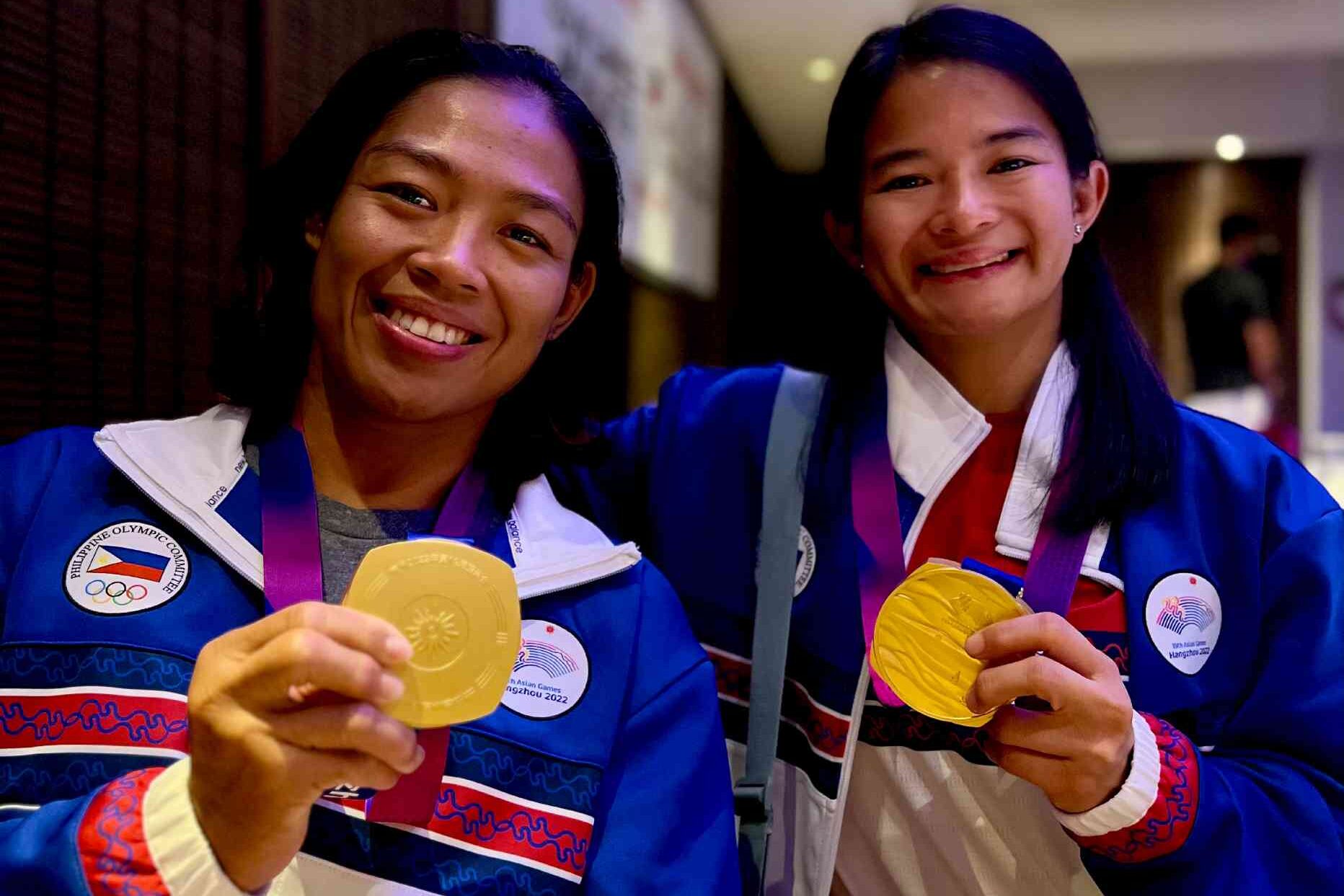
The Art of Portraying Boxing on the Big Screen
Jody
- 0
Boxing has always been a popular sport, and it has also been a popular subject for filmmakers. From the underdog story of “Rocky” to the high-stakes drama of “Raging Bull,” the art of portraying boxing on the big screen has captured the imagination of audiences for decades. But what makes a great boxing movie, and how do filmmakers go about capturing the intensity and emotion of the sport?
The first key to portraying boxing on the big screen is authenticity. Audiences can tell when a boxing movie is authentic and when it is not. From the physicality of the actors to the technical details of the fights, everything must be true to the sport. This often means casting actors who are dedicated enough to undergo rigorous training to become believable boxers.
One of the most iconic examples of this is Robert De Niro’s Oscar-winning performance in “Raging Bull.” De Niro trained for months to transform his body and learn the movements and skills of a professional boxer. His dedication to the role paid off, and his portrayal of boxer Jake LaMotta is still considered one of the greatest performances in film history.
In addition to authenticity, great boxing movies also capture the emotional and psychological aspects of the sport. Boxing is a sport that is as much about the mind as it is about the body, and a great boxing movie will delve into the mental and emotional struggles of the characters.
One film that stands out in this regard is “Million Dollar Baby,” directed by Clint Eastwood. The film is not just about the physical battles in the ring, but also about the personal struggles and triumphs of the characters. The emotional depth of the film makes the boxing scenes even more impactful, as the audience is invested in the characters and their journeys.
Another important aspect of portraying boxing on the big screen is the actual filming of the fight scenes. Boxing is fast-paced and intense, and capturing that energy on film is crucial. Many filmmakers choose to use long takes and wide shots to give the audience a sense of the chaos and brutality of a boxing match.
One recent example of this is the film “Creed,” directed by Ryan Coogler. The film’s climactic fight scene is shot in a single take, allowing the audience to feel like they are right in the middle of the action. This technique gives the scene a sense of immediacy and intensity that is difficult to achieve with traditional editing techniques.
In the end, the art of portraying boxing on the big screen is about more than just choreographing fight scenes and casting believable boxers. It is about capturing the passion, emotion, and intensity of the sport in a way that is both authentic and emotionally resonant. When done right, a great boxing movie can thrill, inspire, and move audiences in ways that few other genres can. And with the continued popularity of the sport, it is likely that filmmakers will continue to find new and innovative ways to capture the art of boxing on the big screen for years to come.


